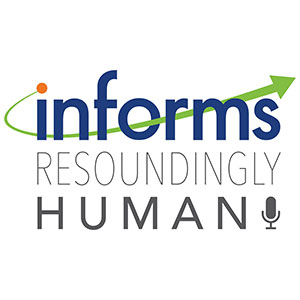
Laura Albert: Coronavirus Reopening Risks - Here's a Plan to Make Us Safer
In response to the new cases, state and local governments are facing criticism for relaxing stay-at-home orders and opening businesses these past few weeks. Instead, many argue the lockdowns should have continued until transmission was virtually stamped out. This criticism is well-meaning but misguided.












